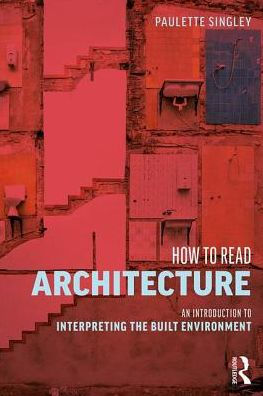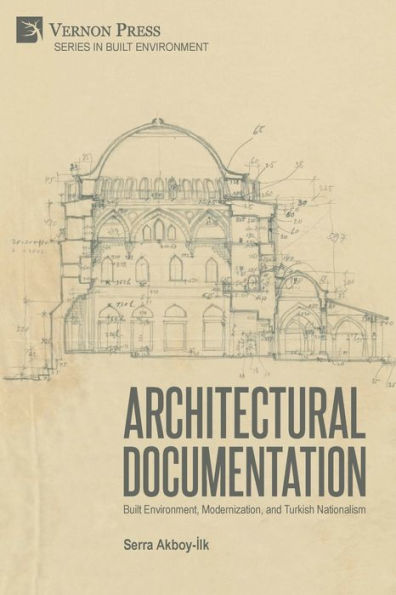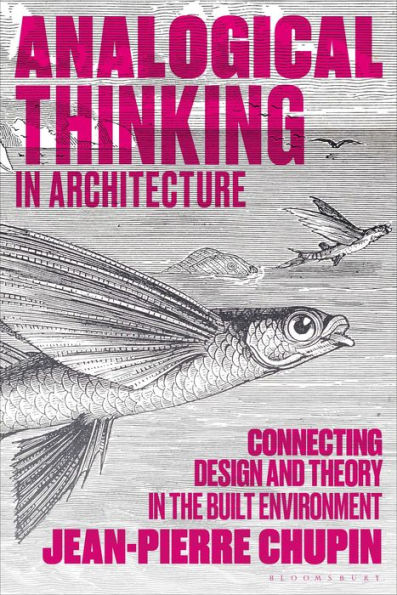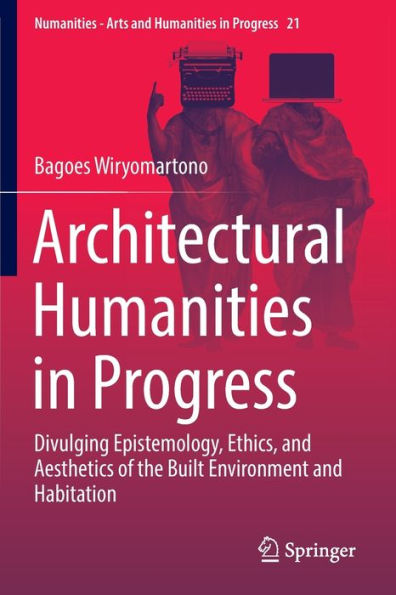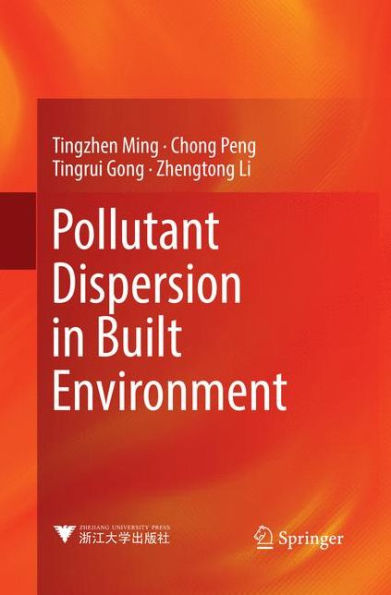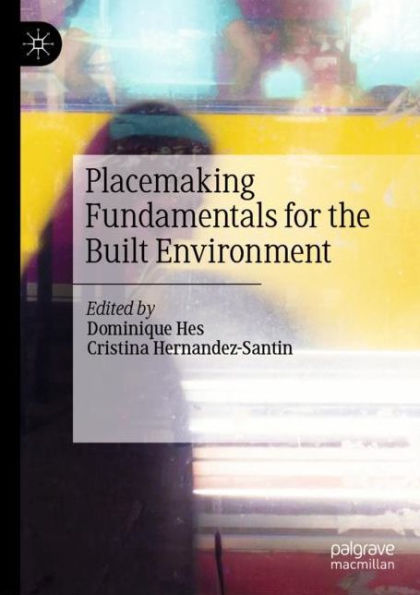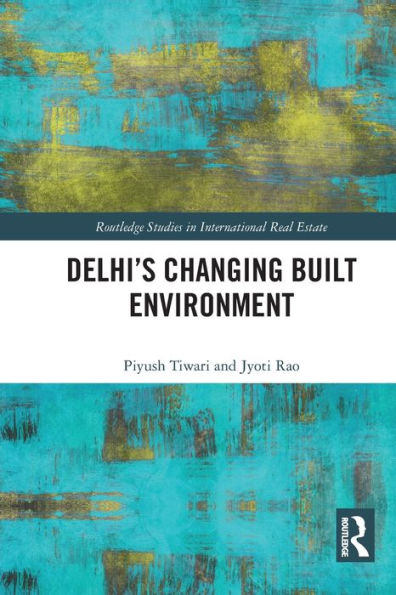Home
Architectures of Occupation the Australian Short Story: Literature and Built Environment after 1900
Barnes and Noble
Loading Inventory...
Architectures of Occupation the Australian Short Story: Literature and Built Environment after 1900 in Bloomington, MN
Current price: $170.00


Architectures of Occupation the Australian Short Story: Literature and Built Environment after 1900 in Bloomington, MN
Current price: $170.00
Loading Inventory...
Size: Hardcover
Patrick West’s
Architectures of Occupation in the Australian Short Story
cultivates the potential for literary representations of architectural space to contribute to the development of a contemporary politics of Australian post-colonialism.
West argues that the predominance of tropes of place within cultural and critical expressions of Australian post-colonialism should be re-balanced through attention to spatial strategies of anti-colonial power. To elaborate the raw material of such strategies, West develops interdisciplinary close readings of keynote stories within three female-authored, pan-twentieth century, Australian short-story collections:
Bush Studies
by Barbara Baynton (1902);
Kiss on the Lips and Other Stories
by Katharine Susannah Prichard (1932); and
White Turtle: A Collection of Short Stories
by Merlinda Bobis (1999). The capacity of the short-story form to prompt creative and politically germinal engagements with species of space associated with architecture and buildings is underscored. Relatedly, West argues that the recent resurgence of binary thought—on local, national, and international scales—occasions an approach to the short-story collections shaped by binary relationships like a dichotomy of inside and outside. Concluding his argument, West connects the literary and architectural critiques of the story collections to the wicked problem, linked to ongoing colonial violences, of improving Australian Indigenous housing outcomes.
Innovative and interdisciplinary, this book will be of interest to scholars and students of Literary, Architectural, and Postcolonial Studies. .
Architectures of Occupation in the Australian Short Story
cultivates the potential for literary representations of architectural space to contribute to the development of a contemporary politics of Australian post-colonialism.
West argues that the predominance of tropes of place within cultural and critical expressions of Australian post-colonialism should be re-balanced through attention to spatial strategies of anti-colonial power. To elaborate the raw material of such strategies, West develops interdisciplinary close readings of keynote stories within three female-authored, pan-twentieth century, Australian short-story collections:
Bush Studies
by Barbara Baynton (1902);
Kiss on the Lips and Other Stories
by Katharine Susannah Prichard (1932); and
White Turtle: A Collection of Short Stories
by Merlinda Bobis (1999). The capacity of the short-story form to prompt creative and politically germinal engagements with species of space associated with architecture and buildings is underscored. Relatedly, West argues that the recent resurgence of binary thought—on local, national, and international scales—occasions an approach to the short-story collections shaped by binary relationships like a dichotomy of inside and outside. Concluding his argument, West connects the literary and architectural critiques of the story collections to the wicked problem, linked to ongoing colonial violences, of improving Australian Indigenous housing outcomes.
Innovative and interdisciplinary, this book will be of interest to scholars and students of Literary, Architectural, and Postcolonial Studies. .
Patrick West’s
Architectures of Occupation in the Australian Short Story
cultivates the potential for literary representations of architectural space to contribute to the development of a contemporary politics of Australian post-colonialism.
West argues that the predominance of tropes of place within cultural and critical expressions of Australian post-colonialism should be re-balanced through attention to spatial strategies of anti-colonial power. To elaborate the raw material of such strategies, West develops interdisciplinary close readings of keynote stories within three female-authored, pan-twentieth century, Australian short-story collections:
Bush Studies
by Barbara Baynton (1902);
Kiss on the Lips and Other Stories
by Katharine Susannah Prichard (1932); and
White Turtle: A Collection of Short Stories
by Merlinda Bobis (1999). The capacity of the short-story form to prompt creative and politically germinal engagements with species of space associated with architecture and buildings is underscored. Relatedly, West argues that the recent resurgence of binary thought—on local, national, and international scales—occasions an approach to the short-story collections shaped by binary relationships like a dichotomy of inside and outside. Concluding his argument, West connects the literary and architectural critiques of the story collections to the wicked problem, linked to ongoing colonial violences, of improving Australian Indigenous housing outcomes.
Innovative and interdisciplinary, this book will be of interest to scholars and students of Literary, Architectural, and Postcolonial Studies. .
Architectures of Occupation in the Australian Short Story
cultivates the potential for literary representations of architectural space to contribute to the development of a contemporary politics of Australian post-colonialism.
West argues that the predominance of tropes of place within cultural and critical expressions of Australian post-colonialism should be re-balanced through attention to spatial strategies of anti-colonial power. To elaborate the raw material of such strategies, West develops interdisciplinary close readings of keynote stories within three female-authored, pan-twentieth century, Australian short-story collections:
Bush Studies
by Barbara Baynton (1902);
Kiss on the Lips and Other Stories
by Katharine Susannah Prichard (1932); and
White Turtle: A Collection of Short Stories
by Merlinda Bobis (1999). The capacity of the short-story form to prompt creative and politically germinal engagements with species of space associated with architecture and buildings is underscored. Relatedly, West argues that the recent resurgence of binary thought—on local, national, and international scales—occasions an approach to the short-story collections shaped by binary relationships like a dichotomy of inside and outside. Concluding his argument, West connects the literary and architectural critiques of the story collections to the wicked problem, linked to ongoing colonial violences, of improving Australian Indigenous housing outcomes.
Innovative and interdisciplinary, this book will be of interest to scholars and students of Literary, Architectural, and Postcolonial Studies. .
